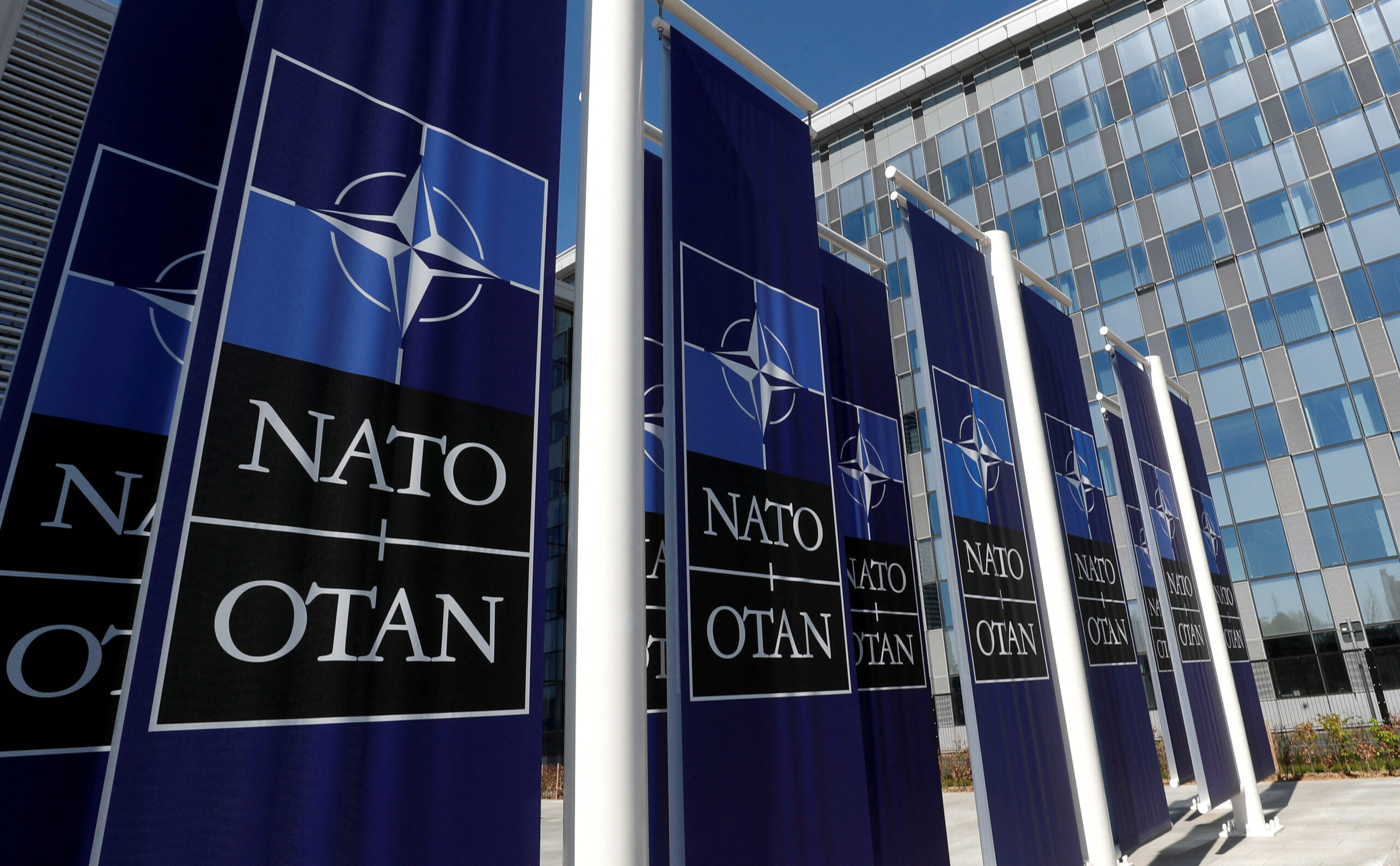Is there a secret to longevity? This health expert says 1,000% yes
In the era of social media, post-COVID, and with mental health at the forefront, a shift is taking […]

In recent years, Romania has increasingly found itself at the forefront of geopolitical discussions, particularly concerning its strategic position in Eastern Europe. As a member of the North Atlantic Treaty Organization (NATO), Romania plays a pivotal role in the alliance’s defence architecture.
However, the establishment of NATO military bases within Romania has sparked debates regarding their efficacy in enhancing the nation’s security.
The facts
Romania’s accession to NATO in 2004 marked a significant milestone in its post-Cold War trajectory. For a country historically situated within the sphere of influence of the Soviet Union, joining NATO symbolised a shift towards Western security structures and democratic norms.
Since then, Romania has actively participated in NATO missions and contributed troops to various operations, underscoring its commitment to collective defence.
Following Russia’s annexation of Crimea in 2014 and the subsequent escalation of tensions in the region, NATO bolstered its presence in Eastern Europe as a deterrent measure. Romania, with its strategic location on the Black Sea and its shared border with Ukraine, emerged as a crucial locus for NATO’s reinforcement efforts.
Consequently, NATO established military bases in Romania, including the Mihail Kogălniceanu Air Base and the Deveselu Aegis Ashore Missile Defense System.
In a recent development, there are reports that Romania is building the largest NATO military base in Europe.
The project is said to have been initiated in 2019 and will take 20 years to build. However, some Russian officials have sent a series of warnings to Romania citing the NATO base project as a “threat for Bucharest.”
The arguments
Proponents argue that the presence of NATO military bases enhances Romania’s security in several ways.
Firstly, these bases serve as a visible demonstration of NATO’s commitment to collective defence, deterring potential adversaries from engaging in aggressive actions against Romania.
Secondly, they facilitate interoperability and joint training exercises between Romanian and allied forces, bolstering the nation’s military capabilities and readiness.
Moreover, the deployment of advanced missile defence systems, such as the Aegis Ashore system, provides a vital layer of protection against ballistic missile threats, thus bolstering Romania’s defence posture.
However, critics raise concerns regarding the potential risks associated with hosting NATO military bases. Some argue that these bases could exacerbate tensions with neighbouring Russia, leading to a tit-for-tat escalation that undermines regional stability.
Moreover, there are apprehensions about Romania becoming a target for adversarial actions, including cyberattacks or hybrid warfare tactics, aimed at destabilizing the country and sowing discord within the alliance.
Additionally, the presence of foreign troops on Romanian soil may stir domestic opposition, particularly among segments of the population wary of perceived encroachments on sovereignty.
Navigating the complexities surrounding the presence of NATO military bases requires a delicate balancing act for Romanian policymakers. While these bases undoubtedly contribute to the nation’s security architecture, it is essential to mitigate potential risks and address concerns raised by various stakeholders.
This entails robust diplomatic engagement with both NATO allies and neighbouring countries to foster dialogue, transparency, and confidence-building measures.
Additionally, investing in resilience measures, such as cybersecurity and societal resilience initiatives, can help mitigate the vulnerabilities associated with hosting military installations.

In the era of social media, post-COVID, and with mental health at the forefront, a shift is taking […]

With its fast speeds and revolutionary potential, 5G stands out as a noteworthy milestone in the field of […]